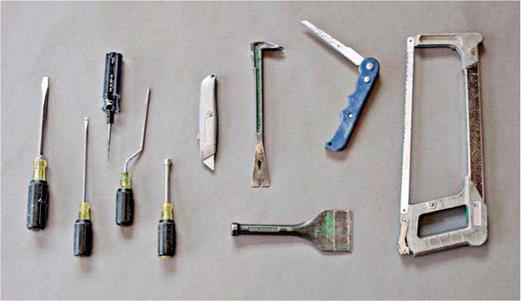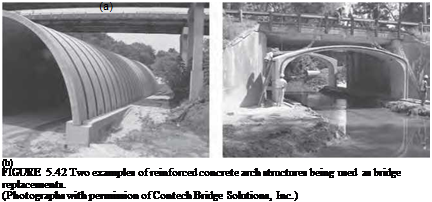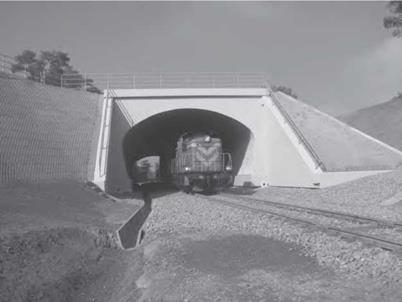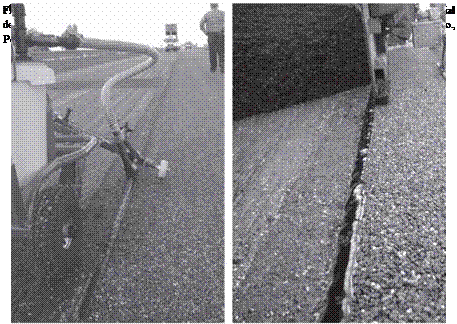PARKING
Automobile parking poses a significant land use problem in subdivision planning. In the recent past, common practice provided for wide local streets, often capable of accommodating a row of parked cars on each side in addition to two lanes of moving traffic. Such parking space has often been provided where there are also private driveways and other off-street parking that can accommodate several cars. Good planning can reduce this heavy commitment of land to parking without sacrificing adequate accommodation of vehicles.
Following are guidelines for parking:
• Provide off-street parking areas whenever possible.
• Use common driveways. ‘
• Design paving thickness to meet actual parking load requirements rather than to general standards.
• Eliminate curbs and gutters in parking areas...
read more










